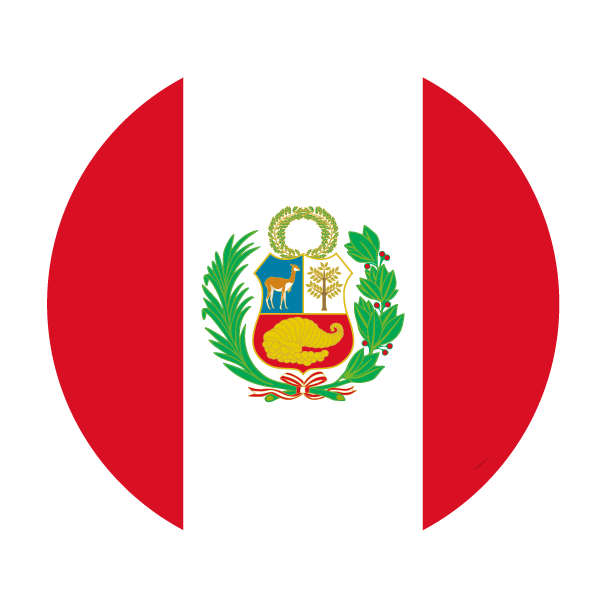Infrastructure: key to sustainable growth in Latin America
Published on 25 September 2024

Historically, infrastructure has been primarily financed by governments and banks. However, since the 2008 financial crisis, the involvement of the private sector has become increasingly crucial, driven by reduced public spending and banking restrictions on long-term project financing. This has opened new opportunities for private financing, mainly through Public-Private Partnerships (PPP).
Infrastructure debt stands out as a solid investment alternative, characterized by its low volatility and lower correlation with public markets and other alternative assets. This makes it an attractive option for diversifying portfolios, offering predictability in cash flows and protection against inflation.

Investment opportunities in infrastructure
The growth of private funds allocated to infrastructure financing has been remarkable. From 2008 to 2023, assets under management by infrastructure debt funds grew from $1 billion to $210 billion, with an annual growth rate exceeding 45%. This boom reflects the increasing demand for capital for renewable energy projects, digitalization, and improvements in transport infrastructure, in a context marked by energy transition and digitalization.
Additionally, the financing of these projects is favored by high entry barriers, predictable revenue flows, and lower default rates compared to corporate debt. These factors make Infrastructure debt an attractive option even during periods of global market volatility.

Megatrends Driving Growth
According to specialized media outlet Infrastructure Investor, four key megatrends are identified that will drive the expansion of Infrastructure debt:
- Decarbonization: The fight against climate change creates a strong demand for investment in projects that promote the energy transition and emission reductions.
- Digitalization: The growing demand for data and connectivity drives investments in telecommunications, data centers, and fiber optics.
- Deglobalization: Geopolitical conflicts and supply chain disruptions have fostered nearshoring and friendshoring, which require robust logistics infrastructure.
- Demographics: An aging population demands new investments in healthcare services and infrastructure adapted to changing needs.
Unión Para la Infraestructura: leading infrastructure development in the region
At Unión Para la Infraestructura, an alliance between Credicorp Capital and SURA Investments, we have recognized the potential of Infrastructure debt as a catalyst for development in Latin America. Since 2015, we have built a debt fund platform to finance key projects, such as roads and airports in Colombia, under PPP schemes. This platform currently manages over $1.6 billion in local and international institutional capital, with a solid track record in infrastructure financing.
In line with the above, we reaffirm our commitment to infrastructure, achieving, in recent years, a positive impact on local communities by creating over 73,000 jobs and contributing to the sustainable development of the region.
Access the full analysis and our perspectives on this asset class in the Infrastructure One House View. Read here.








